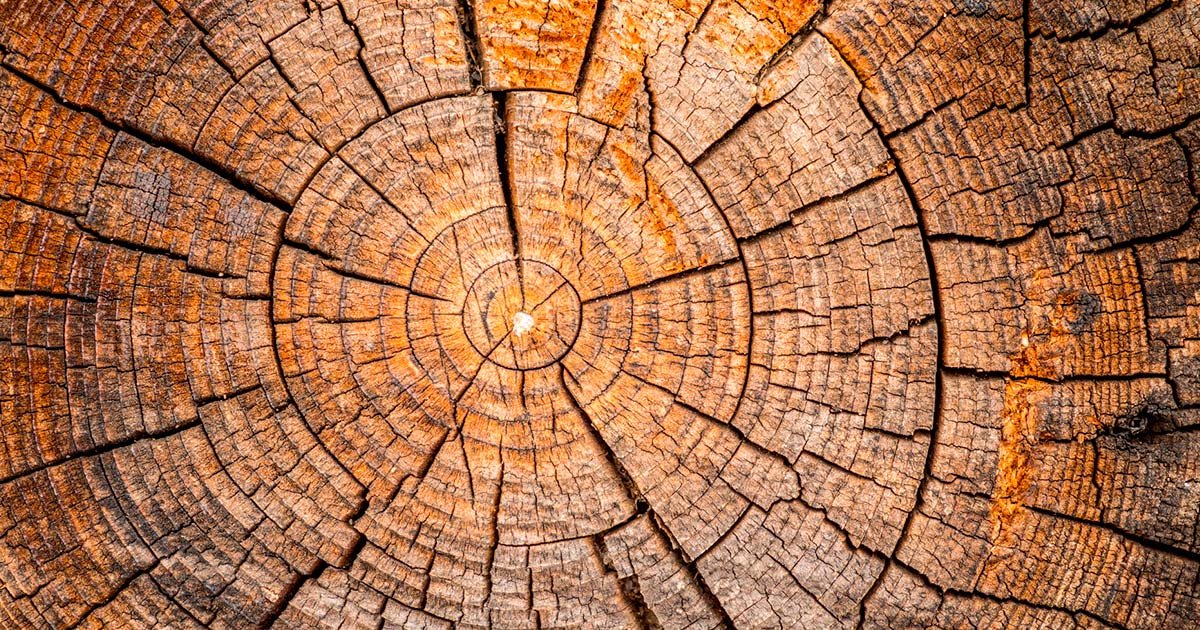Can Tree Rings Explain the Demise of a Lost Civilization? (Video)
In the quest to uncover the mystery behind the fall of the once-vibrant Cahokia, archaeologists have turned to an unexpected source: tree ring records, aka dendrochronology. By 1150 AD, Cahokia, once a thriving city, found itself under siege, its people on the brink of a violent internal conflict, and a mass exodus began. What lay at the heart of this turmoil that spelled the end for this grand city? Analysis points to a surprising culprit – climate. Unveiling a hidden truth within tree ring data, it became evident that around 1150, the tree rings began to narrow significantly, signifying extended periods of dry weather, possibly due to several severe droughts. This climatic shift coincided with the beginning of Cahokia's decline. The implications are profound. To sustain its population of 20,000, Cahokia needed a steady supply of over 3,000 tons of corn annually.
Yet, years of drought would have devastated their harvests, pushing the community to the brink. The drought, it seems, triggered a domino effect, destabilizing relationships and prompting people to abandon the Mississippi Valley, further deepening the city's woes. This narrative isn't unique in history; advanced civilizations like the Mayans and Aztecs also succumbed to the devastating effects of drought. Thus, the tale of Cahokia serves as a poignant reminder of how fragile even the mightiest of cities can be when faced with the unforgiving hand of climate change.
- North America’s Ancient Metropolis Cahokia Was Built On Corn
- The Rise and Fall of Cahokia: Did Megafloods Spell the End of the Ancient Metropolis?
Top image: Tree rings. Source: tomeyk / Adobe Stock.

















